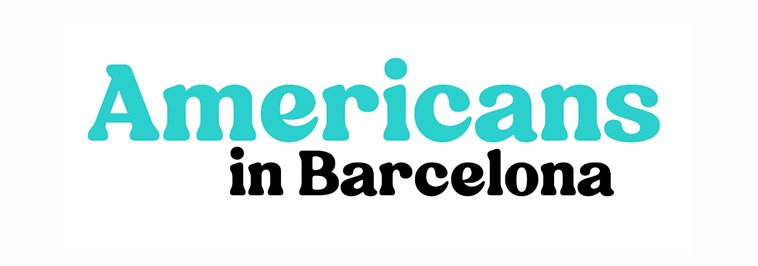This is the topic we chose for today’s article: driving in Barcelona and, by extension, driving in Spain.
When planning a trip to visit (or settle down for a while) a foreign country, sometimes this question pops up: How is driving in that city? Specially if you want to explore new destinations on your own, without depending on a public transport timetable. Well, for those of you who are wondering how the scenario of driving in Spain might be, we have dedicated this new post to that specific topic.
American driving in Spain: Licenses required
Driving in Spain as an American requires these two licenses:
- Your valid US driving license.
- An International Driving Permit (IDP) (valid for a year, and it has to be issued before traveling).
If you are coming from another country, check the specific requirements that apply to your case. In some cases you will just only need your valid driving license (depending on whether they are included in the Geneva and Vienna agreements).
Keep right on the road
As it is in the United States, in Spain we also drive on the right side of the road. It is a general rule which applies to most of the countries in Europe, except the UK, Ireland, Chipre and Malta.
Speed limits
In the United States the speed limits vary depending on the state (different limitations in the South, East or West). In Spain we have these main speed limits for cars:
Out of town
- Highways: Maximum 120 km/hour – Minimum 60 km/hour
- Other roads with physical separation between both ways: 100 km/hour
- Other roads without physical separation: 90 km/hour
Note: You won’t find the speed limits indicated in miles per hour but in kilometers per hour. So take that in mind!
In town
The speed limit in the roads of towns and villages is 50 km/hour. But this might vary depending on the nature and circumstances of these roads.
To avoid surprises, scares and most important… fines: Where not to park
When parking your car, make sure there is no signal which indicates the following:
- Ford signs.
- Disabled signs.
- Loading and unloading operations signs.
Blue and green zones
In some places you will find these blue and green zones, you will notice them through the blue and green lines drawn on the floor. You will be able to park in these places, but paying per minutes and hours.
Mandatory elements to bring with you
In case you rent a car, these elements are generally included:
- Reflective jackets
- Warning triangles.
- A set of spare lights (not mandatory but recommended).
- Headlamp beam deflectors
- Valid third party insurance policy
- Document to proof ownership (in case you rent the vehicle, from the renting company will give you this documentation).
And over all, the most important thing about driving in Spain (and on any road in the world): drive carefully and wisely, and always respect the traffic signs. You shouldn’t have any problem as an American driving in Spain. Exploring Spain on the road is one of the most beautiful ways to dive into the culture and get to know its people :-)
In case you are planning a road trip and are deciding whether to start exploring the North or the South, check out this article we wrote about the differences between North and South Spain: Northern Spain vs. Southern Spain. It might help you to decide!

